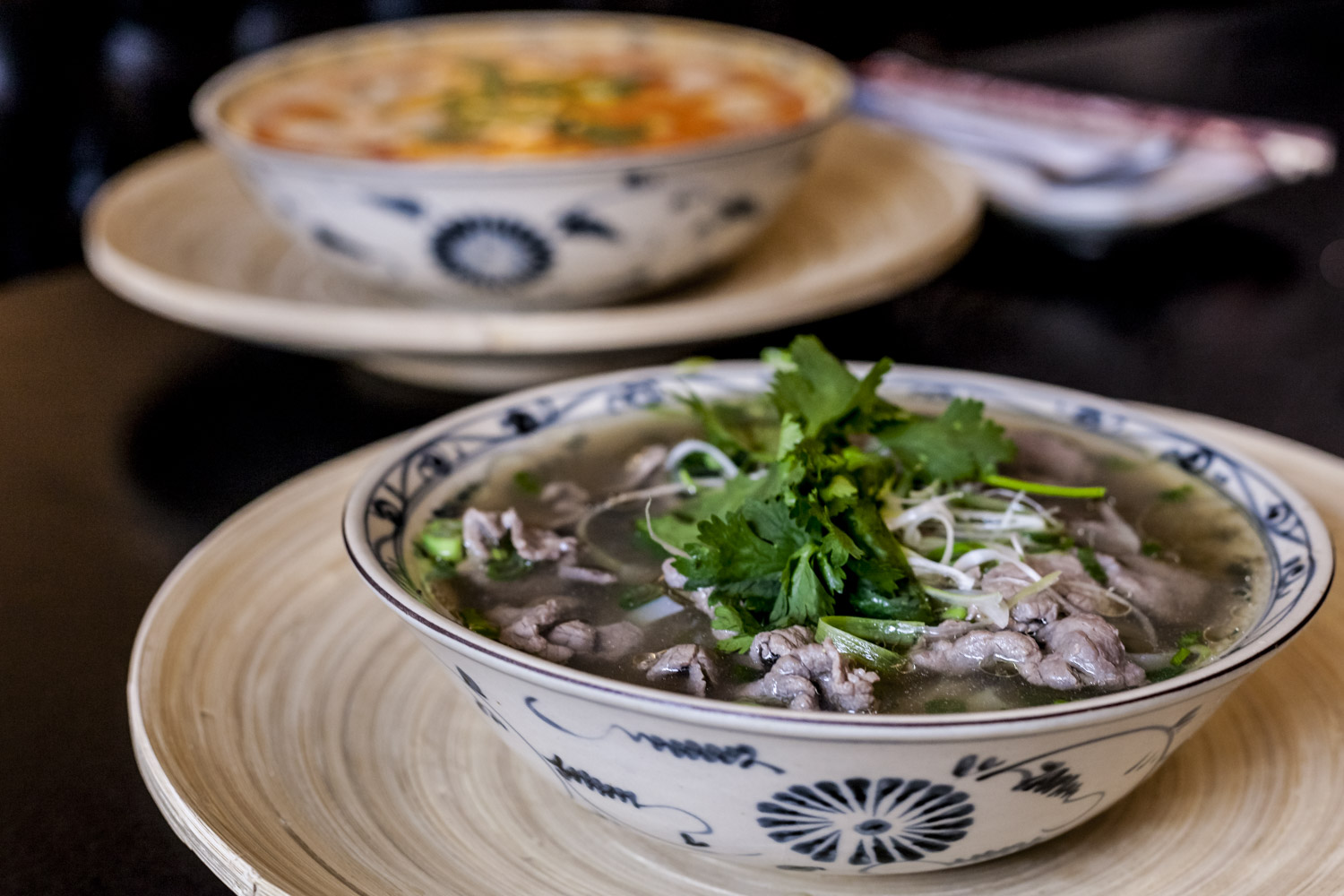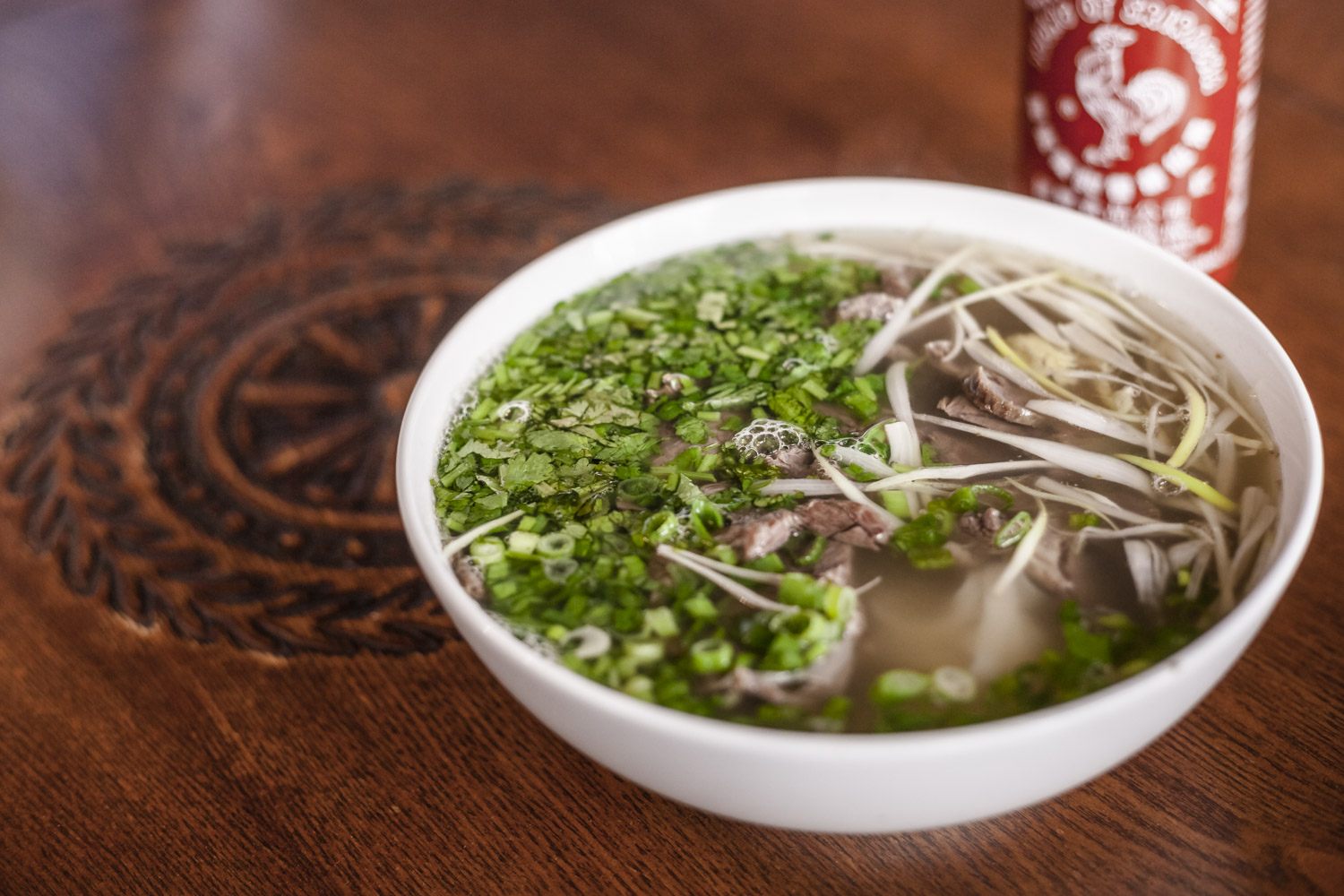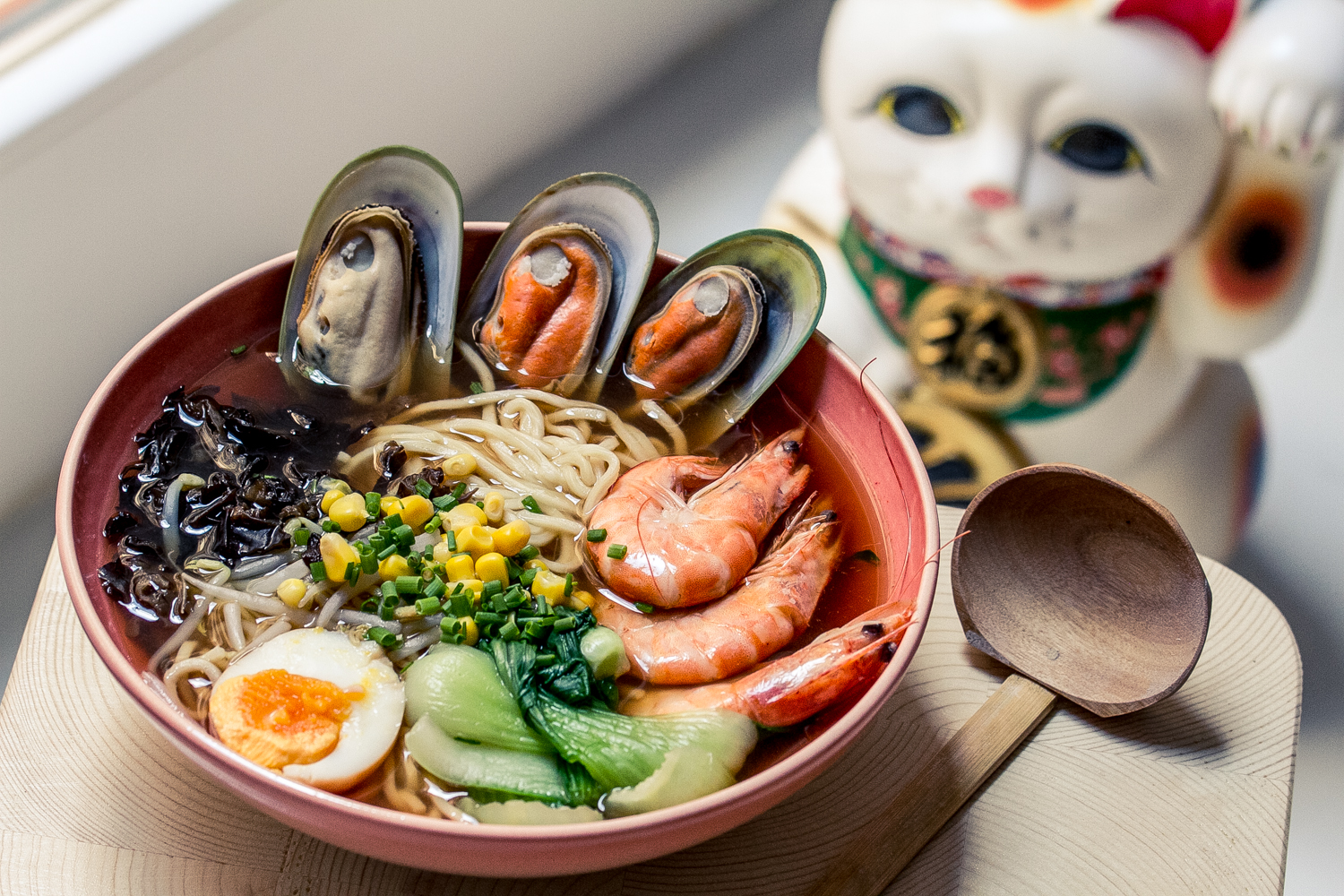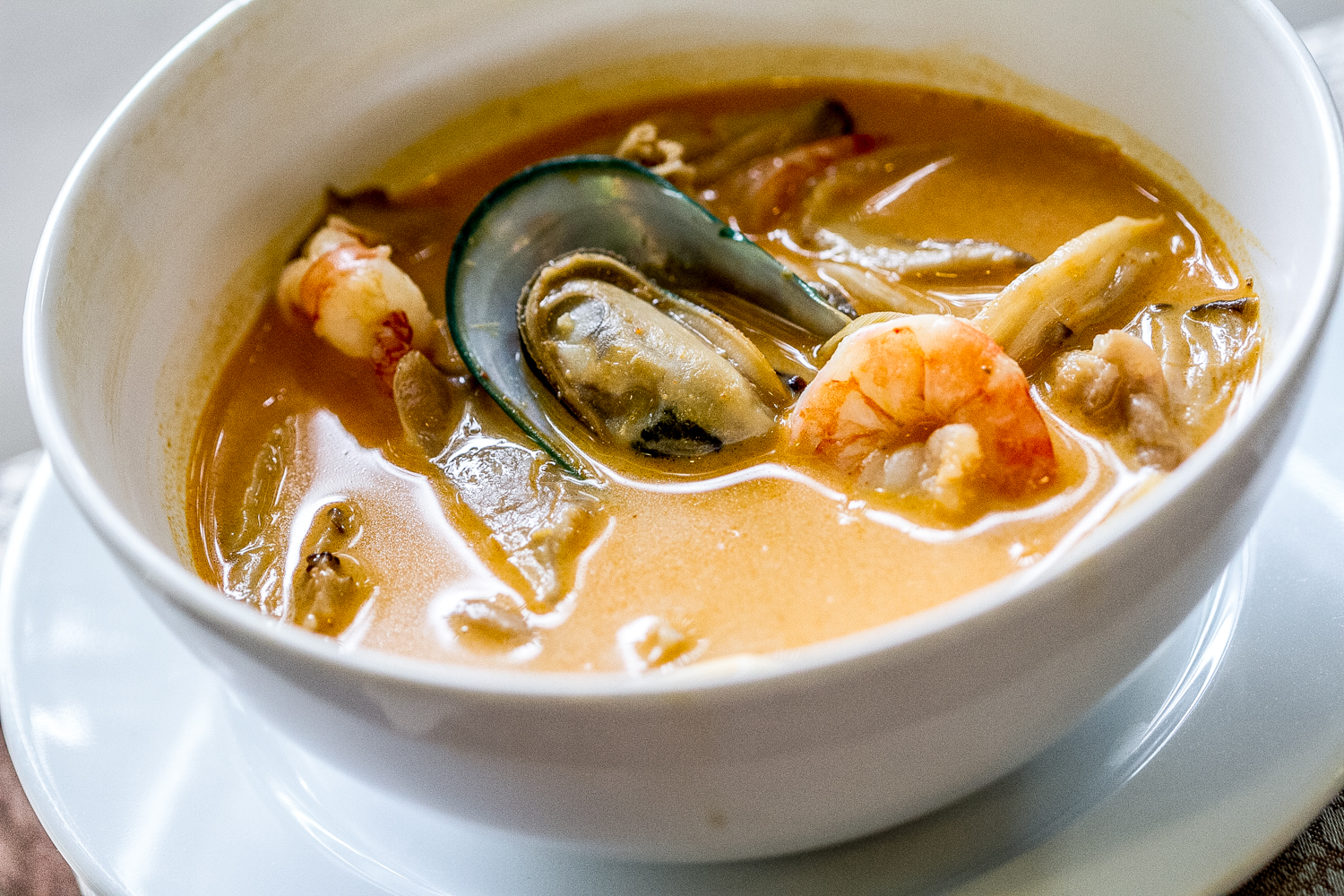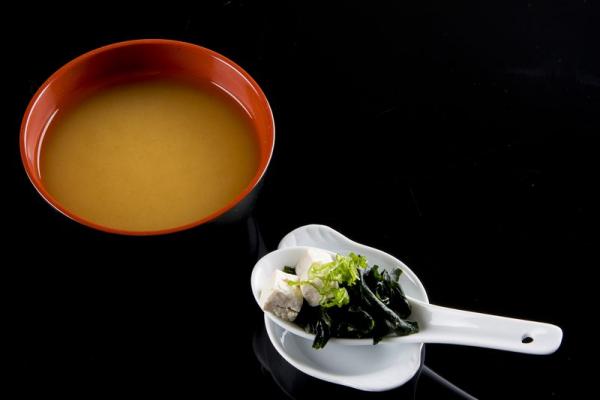Pho is certainly one of the most popular foods nowadays: the Southeast Asian dish made with noodles, meat, vegetables, and fresh spices warms the hearts of even the pickiest eaters. However, if you like all kinds of Asian cuisine, you are likely to crave other types of Oriental soups, as well – especially during the depths of winter. Fortunately, Budapest has plenty of restaurants that serve fine Asian food, including the liquid varieties. We rounded up where to try the best pho, Tom Ka Gai, ramen, miso, and other heartwarming bowlfuls citywide.
